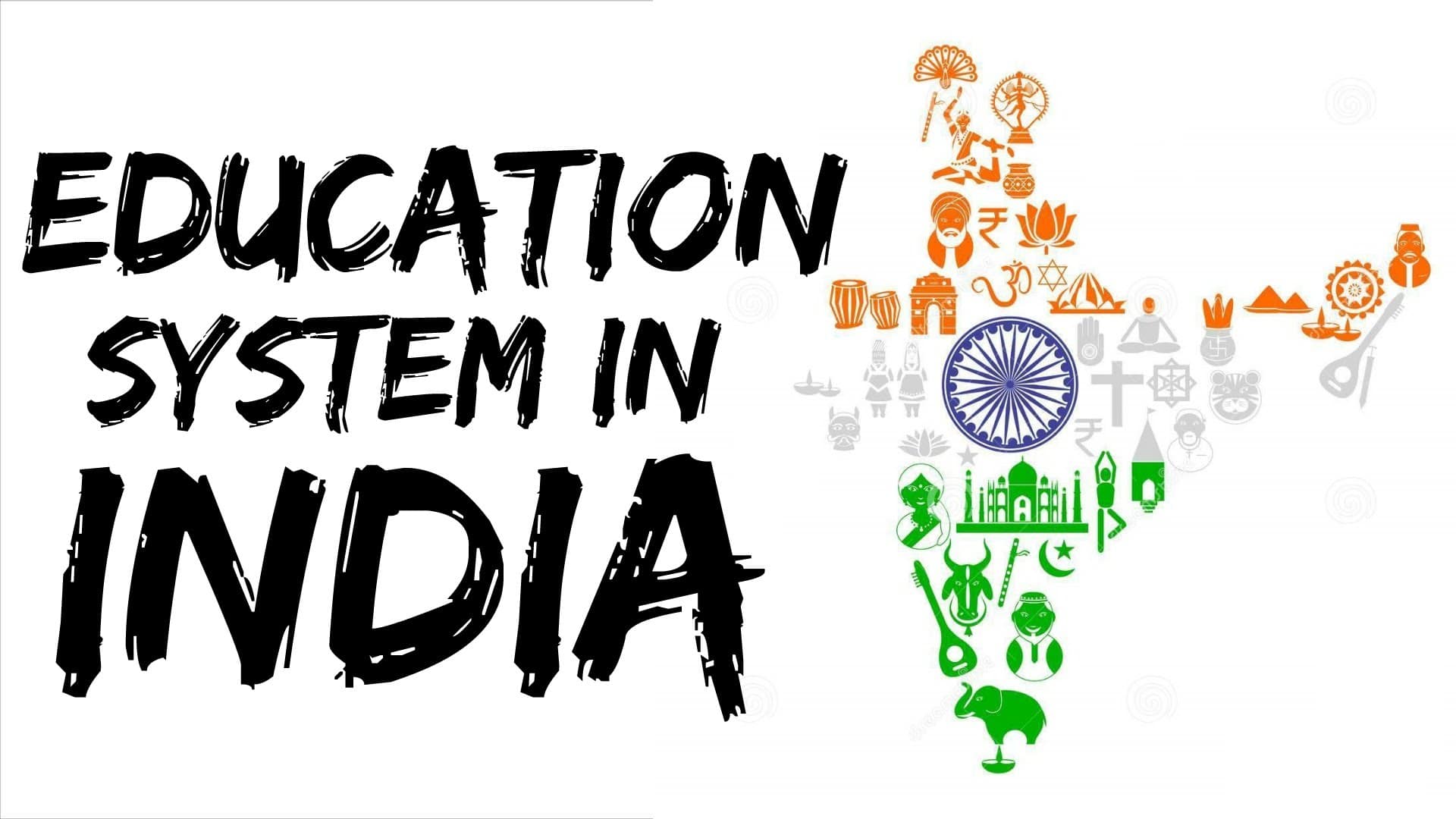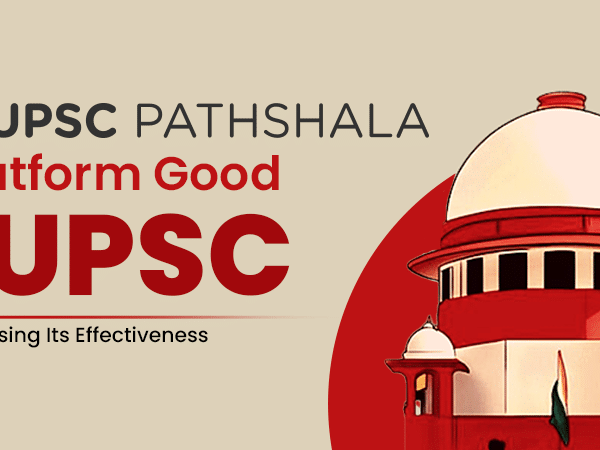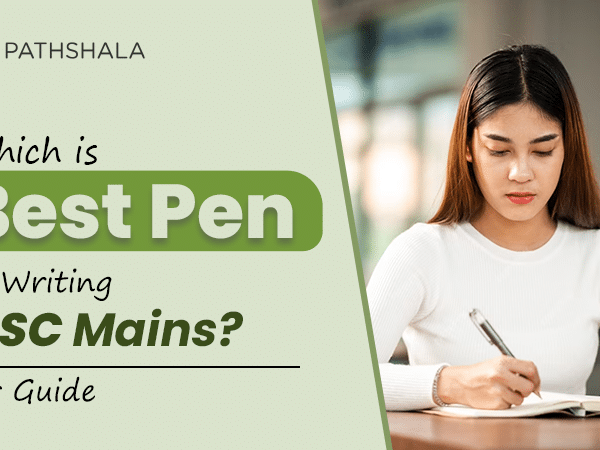The Indian Education System has gone through many changes and challenges. Well, there were many challenges which have been faced, though outcomes were sometimes favourable and sometimes not. The Indian Education System works to improve the education facilities in India. Because education is a key factor for a child’s future and the future of the country is in the youth’s hand. There are many loopholes and many problems, where a child is getting an education but not skill.
In this article, we will be discussing the Indian Education System, for the UPSC exam. So, read the full article, because here it will provide you notes for the whole topic. UPSC has many a time asked questions about this topic, and it is a very important topic from the examiner’s point of view. Also as per the present situation, what will be the effects of COVID on the Indian Education System? To get the latest updates, go through the entire article.
Also Read: Salient Features of the Indian Society: Check-out these Important Features for UPSC Exam
Indian Education System: Introduction
Education System in India is mainly governed by the state-public system, which is: federal, state and local government. The Indian Constitution and the Right to Children to Free and Compulsory Education Act,2009, the public can insist on free and compulsory education and this fundamental right is for children from 6 to 14 years of age.
In 2005-2006, there was 83.13 percent of schools were offering elementary education, which was managed by the administration and only 16.86 percent were managed privately. Later, the private education percentage increased and people preferred more private education than the government.
General Details
| National education budget | 4.6% of GDP ($ 138 billion) |
| Literacy Rate (Male) | 84.6% |
| Literacy Rate (Female) | 70.3% |
| Literacy Rate (Total) | 77.7% |
| Enrollment (Primary) | 95% |
| Enrollment (Secondary) | 69% |
| Enrollment (Post-secondary) | 25% |
History
The earliest Indian Education was recorded in the 8th century B.C and was in Takshasila. It had started from the age of Buddhism and the Mauryan empire. The institutions used to teach topics like Buddhist Pali literature, Pali grammar, logic and many more topics which were related to everyday life and social values. Chanakya played an important role and was one of the famous teachers in India. His knowledge was divine and that’s why during his period there, the education system was very well handled.
Later, Brahmin gurus and Sammanas offered education by charging fees, funds. After that, the temples and stupas also became the centre for schooling and education. The Sammanas used to impart knowledge about the warrior class, religion, philosophy, etc. The teachings were divided as per the caste in the olden days. The Kshatriya were taught war knowledge, the vaishyas were taught work and trade while the Shudras were deprived of education.
Educational Levels in India
Compulsory Education
| Stages | Category | Grade | Ages |
| Foundational Stage | Preschool (Urban) / Anganwadi (Rural) | Pre-kindergarten
Kindergarten |
2-5
5-6 |
| Preparatory Stage | Primary School | 1st Grade
2nd Grade 3rd Grade 4th Grade 5th Grade |
6-7
7-8 8-9 9-10 10-11 |
| Middle Stage | Middle School | 6th Grade
7th Grade 8th Grade |
11-12
12-13 13-14 |
| Secondary Stage | Junior High School
Senior High School |
9th Grade
10 Grade 11th Grade 12th Grade |
14-15
15-16 16-17 17-18 |
Higher Education
| Stages | Category | Grade | Ages |
| College/University/Institute | Undergraduate | First Year
Second Year Third Year Fourth Year Fifth Year |
18-19
19-20 20-21 21-22 22-23 |
| College/University/Institute | Graduate School | First Year
Second Year Third Year |
21+
22+ 23+ |
| Doctorate | 24+ | ||
| Research | Postdoctoral | ||
| Continuing Education | Vocational School
Adult Education |
18 and up |
Current Issues in Education in India: UPSC Exam
Here is a list of current issues which might be asked in the UPSC exam.
Expenditure on Education
The funds which are allocated for the Indian System should be increased. There were amendments made in the past few years for the concern regarding expenditure. The steps may be brought into effect soon. The gross enrolment pattern which is followed by the UN must be adopted and implemented in India.
Capacity Utilisation
World, rather than a degree in hand, runs on skill. The government needs to understand this and must encourage schools to boost their programs and help students to develop creatively and skillfully. Their ideas and innovations should be encouraged and displayed.
Infrastructure Facilities
Schools and colleges should provide a better and healthy learning environment and infrastructure. Especially the government schools which are lacking this part. Due to corona times, the government is now focusing on digital and online, so the appropriate facilities should be provided.
PPP Model
PPP or Public-Private Partnership model is to create innovation and bring up creative minds in India. This model is for all the schools and colleges in India.
Student-Teacher Ratio
The student to teacher ratio is quite imbalanced in India. The search for qualified teachers should be the main priority. Teachers with skilful knowledge and creative minds should be encouraged by them.
Accreditation and Branding
Quality standards should be maintained
Students Studying Abroad
Many students in India, opt for further students abroad because of the faculty, opportunities, infrastructure and many more things which are lacking in India and the education system. Students prefer to learn abroad because there are many loopholes. That’s why India should empower the country through education.
Also Read: Education Qualification for IAS: All You Need to Know About Eligibility Criteria for IAS UPSC Exam
Schemes and Campaigns to Boost Education System in India
This is a list of campaigns that are introduced by the Indian Education System
Sarva Shiksha Abhiyan
The Sarva Shiksha Abhiyan was launched in 2001 and has the aim of Education for all. It is for strengthening the existing infrastructure of universities and schools.
National Programme for Education of Girls at Elementary Level
It is a concentrated intervention of the Government of India, to attain the “Hardest to Reach” girls, particularly those not in college.
Mid Day Meal Scheme
All the students that are enrolled in government schools are provided with one meal a day in the school. The students who are below the poverty line, who cannot afford nutrition, STCs, etc, section people who are studying in government schools are being provided with this scheme.
Rashtriya Madhyamik Shiksha Abhiyan
It is a flagship strategy intended for strengthening secondary schooling and boosting the enrolment rate by empowering a secondary school within an adequate distance of every household.
Scheme for Infrastructure Development in Minority Institutes
The strategy would promote schooling of minorities by enhancing and boosting school infrastructure in Minority Institutions in order to improve structures for conventional education to youngsters of minority populations.
Beti Bachao Beti Padhao
The proposal to stimulate girl child education in India. For all those girls, who want to study and empower themselves, the government provides funds and scholarships.
A Change in Indian Education System Due to Corona
Due to the pandemic times, the Indian education system has shaken a lot and has brought in many changes. See the factors that have affected the change.
A Change in the Purpose of Learning
The way of learning and the curriculum may change. The aspects that were considered as main would be changed. There will be a major change to accommodate the life skills. Skills like collaboration, communication, empathy, resilience, adaptability and emotional intelligence. This is what will now be encouraged in school and new purposes will be brought up.
The Utilization of Innovative Methods of Education
Well, the learning will be the same but new methods might be adopted. Education has been shifted from offline to online, and this has created a revolution in the world. Integrated and experiential learning will be implemented in the learning system.
A Focus on Bigger Issues
Issues related to the environment, global warming, women empowerment, etc, will be taught and brought up in the education system so that we can adapt to a better future and also learning will be implemented in a moral and ethical way.
Also Read: Sutra Model for Corona: Must-know Facts about the Model for the Upcoming UPSC Exam
Conclusion
Hopefully, this article has provided you with all the information relating to the Indian education system. This article is very important from the UPSC point of view. Corona has opened many new topics for the UPSC to pick from and education in India is one of them. It can be asked in current affairs or in the history of the Indian Education system. One needs to thoroughly prepare this topic during the UPSC exam preparation.
There are more articles provided on UPSC Pathshala, where you can dive into important topics and boost your UPSC exam preparation. There are many notes and courses one will find on this website. Aspirants who are looking for online courses can click here.
If you have any queries regarding the courses, please feel free to drop them in the comments section below.
Also Read: What is Mission Indradhanush: A Potential UPSC Topic Related to Covid-19 Vaccine







Thank you for providing such a wonderful article on the indian education system, which is an important topic, is there any effect on indian education system due to corona, what do you guys think are the effects?
Corona has made changes in the whole education system and ways of teaching. This article had helped me to know about the education system in India. If you have any sort of dilemma, do ask it.
Corona has made changes in the whole education system and ways of teaching. This article is informative for me to provide me the knowledge about the education system in India. If you have any sort of dilemma, do ask it.
Corona has made changes in the whole education system and ways of teaching. It is informative for me to provide me the knowledge about the education system in India. If you have any sort of dilemma, do ask it.
This article has helped me a lot in growing the information about the education system in India. The pandemic has changed the whole system of education and ways of teaching. Do you think the same or have any point to ask ?